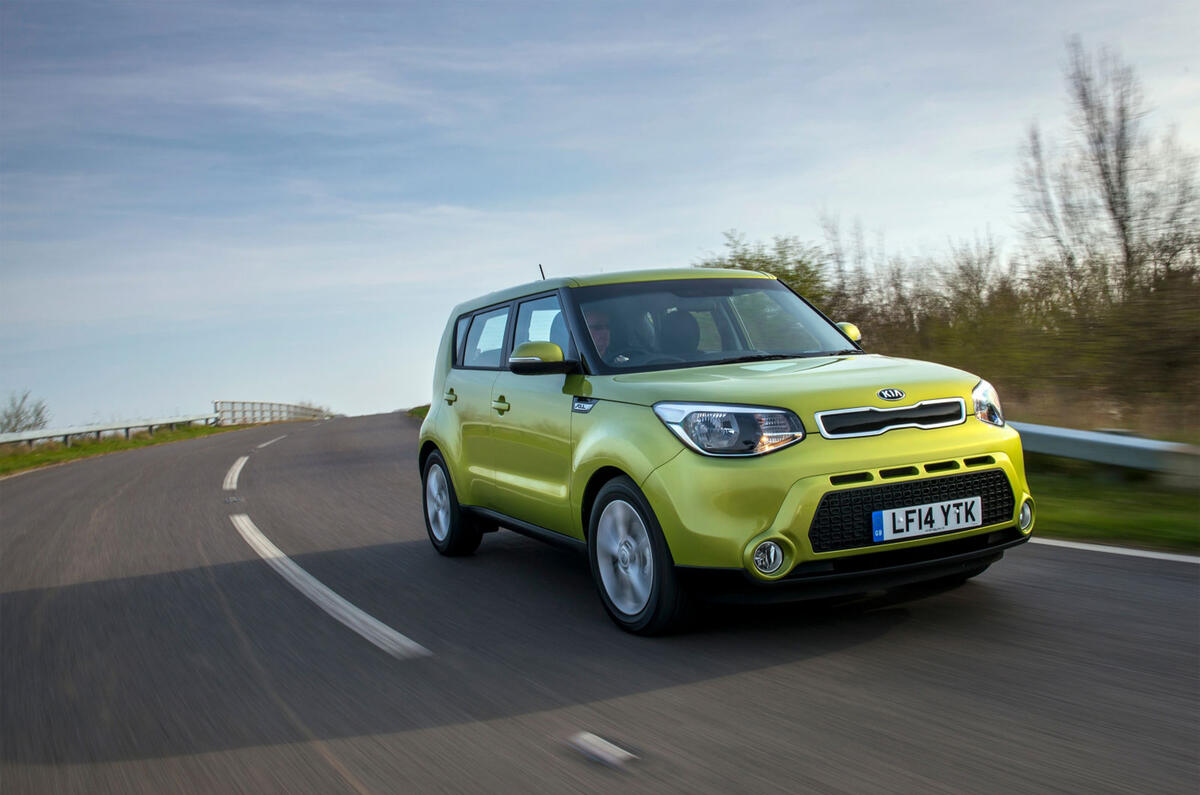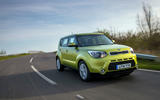Like your most tragic greying uncle rocking out to The Rolling Stones at a family wedding, Kia Motors can claim to have been into supermini crossovers since long before they became fashionable.
And yet the second-generation Kia Soul follows a car that, despite having a head start on the likes of the Renault Captur, Vauxhall Mokka, Nissan Juke and Ford Ecosport, failed to pull up many trees in European sales terms.
Now that the new crop of competition has arrived, Kia can ill-afford for the Soul to be so marginalised in one of the market’s fastest growing niches, so it has duly aimed for smarter styling, better quality, a more mature drive and a higher kit count this time around.
Like the previous Soul, this new one was designed in California primarily for the US market of 20-something college-goers. The irony is that, in the UK at least, the last car found more homes with customers the age of the parents those college-goers were so desperate to leave behind. Kia insists the new version's added material richness, refinement and polish will make it more palatable to Europeans of all ages.
The car has a new platform based on that of the larger Kia Ceed hatchback and a much more rigid body-in-white. More sophisticated suspension and steering arrangements are alleged to deliver much better ride and handling and improved sound insulation is employed to make for a quieter cabin.



































